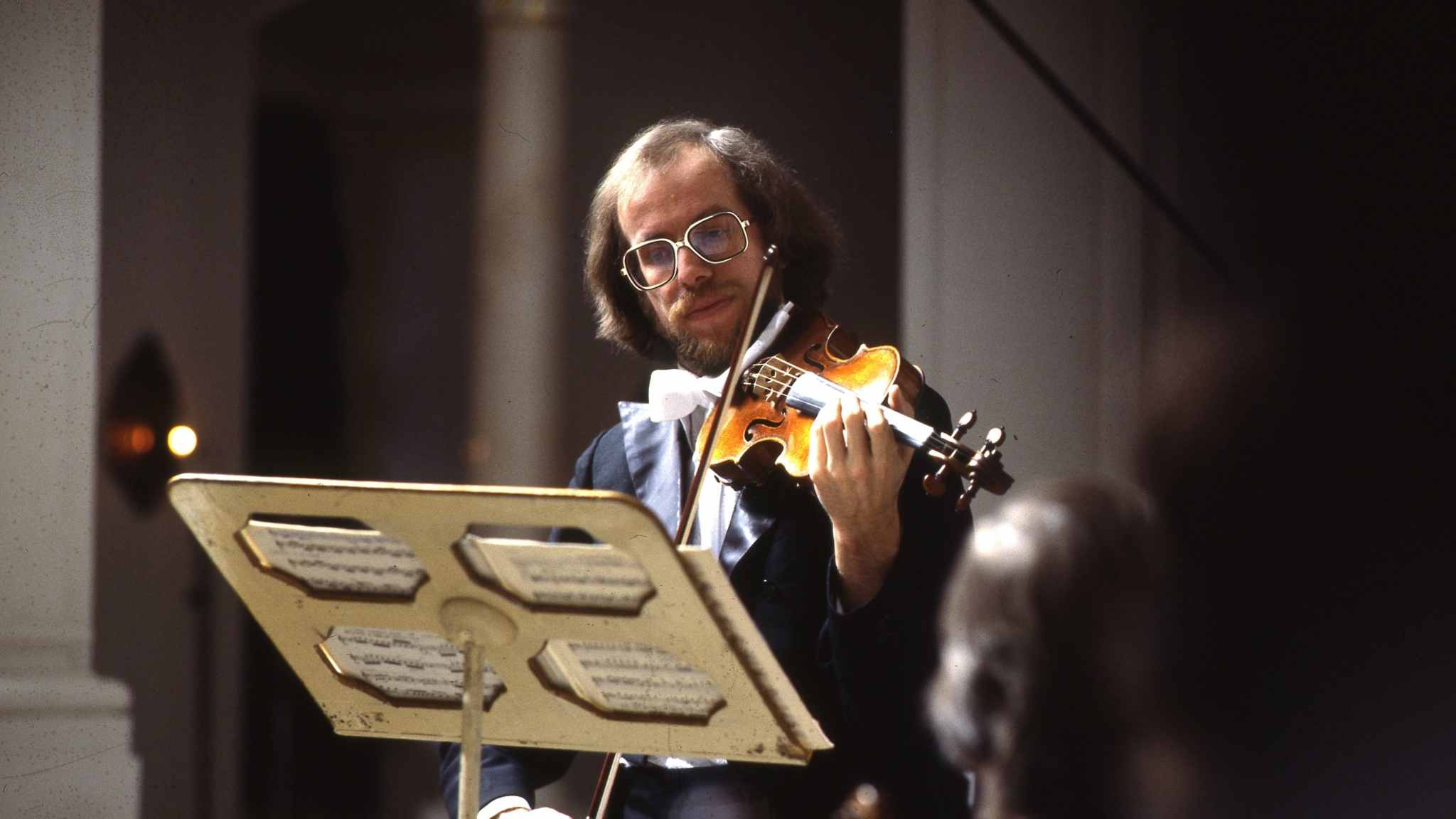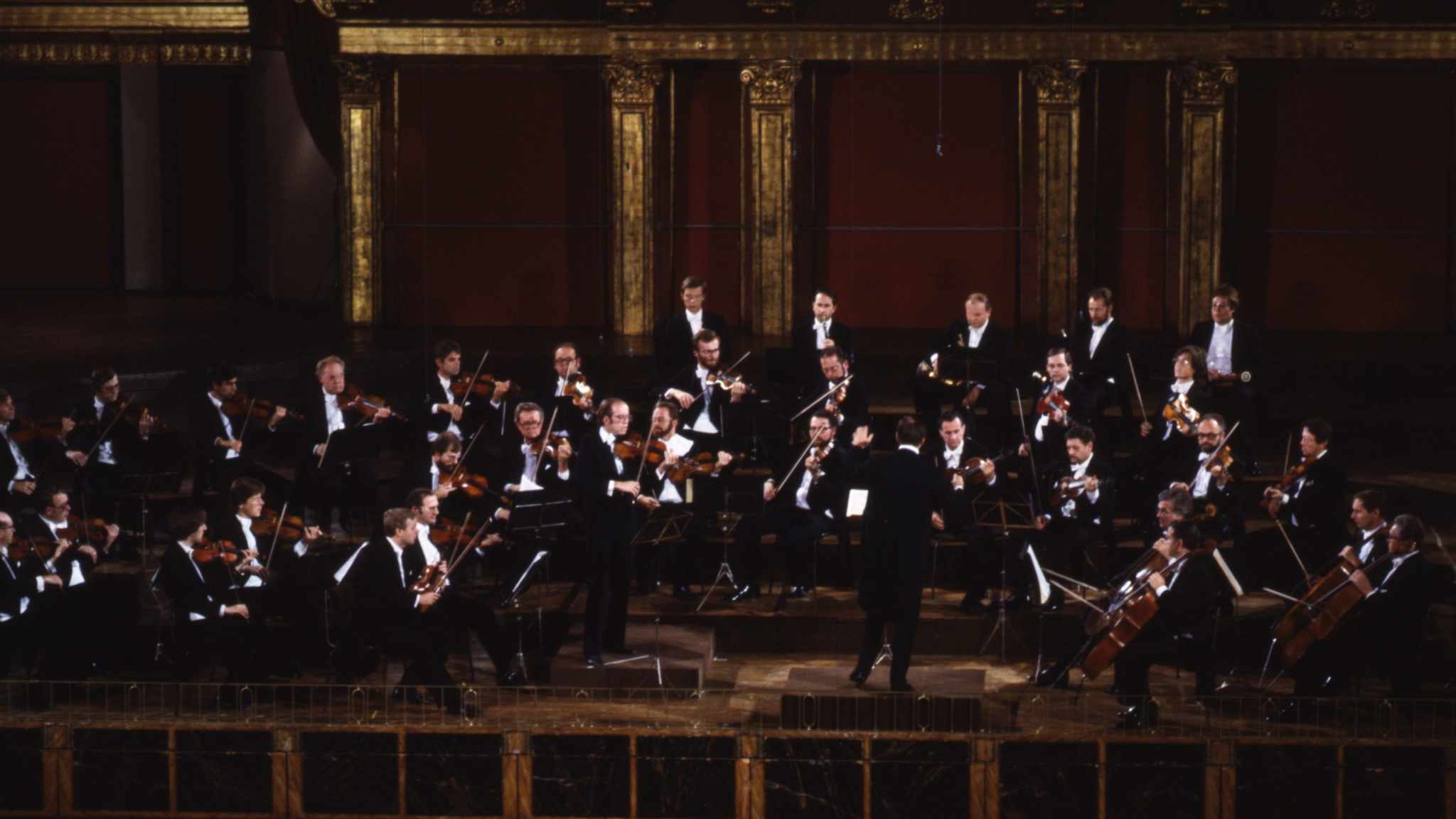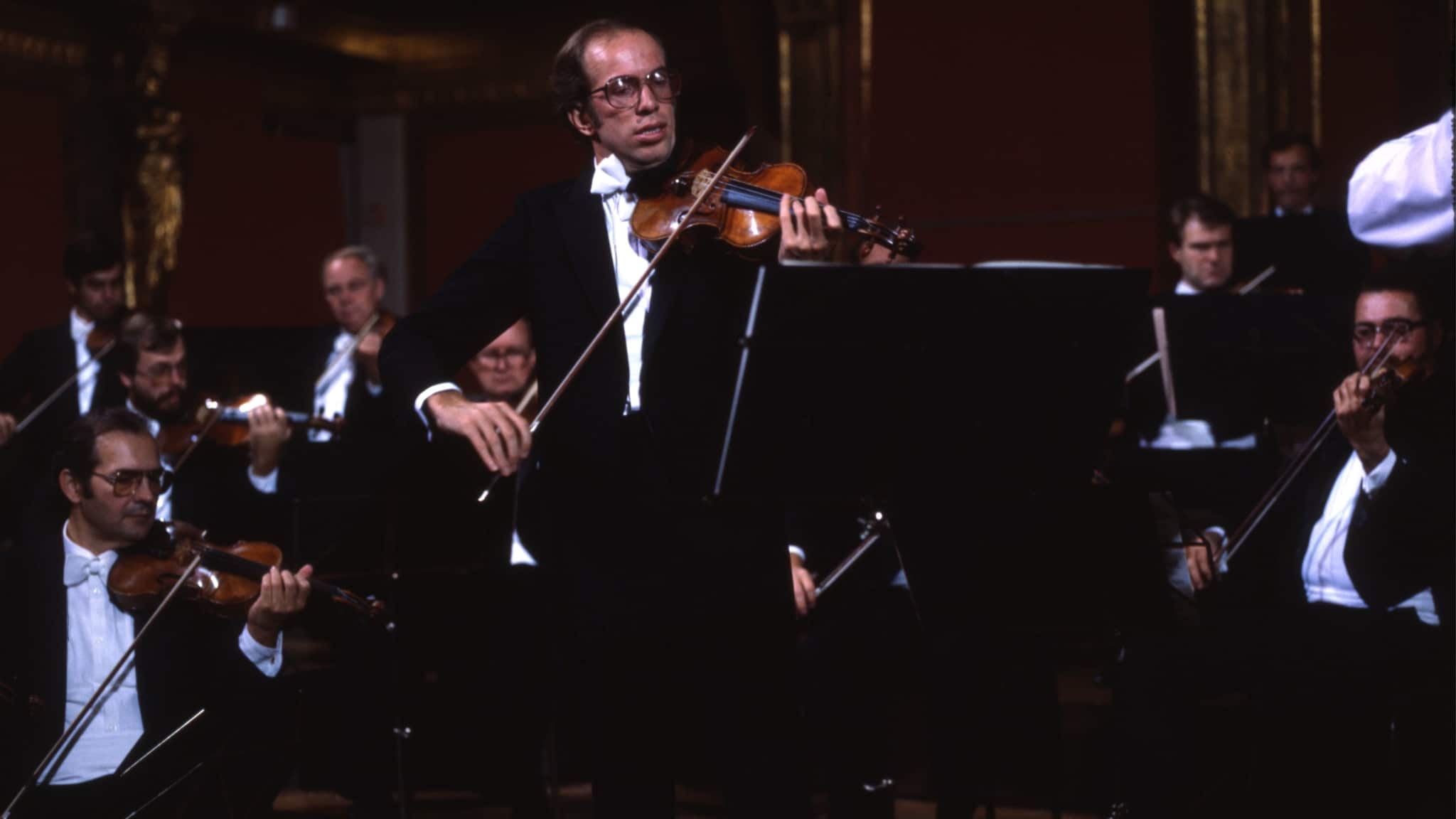Album insights
Saint Nicholas, the presumed Bishop of Myra, is commonly known as Santa Claus or Father Christmas in English-speaking countries. Thriving in the 4th century, his existence leans more towards legend than fact. The attribution of his miracles and deeds largely stems from Methodius' romantic biography in the 9th century. Methodius focused on highlighting the number three in the legend of Nicholas, involving his acts with three gold bags to save girls from prostitution, thus becoming the patron saint of unmarried girls and pawnbrokers.
His cult was robust in England during the 11th and 12th centuries, with Anselm and Godric composing prayers for him. Despite a decline in his cult following the Reformation, Saint Nicholas survived through his association with Christmas, morphing into the universal figure of Santa Claus. The composer Benjamin Britten crafted a piece for Lancing College's 1948 centennial celebration, delving into episodes from the saint's life, emphasizing his various miracles and character traits.
Britten's musical depiction of Saint Nicolas was critiqued for its highly inventive elements, blending simplistic themes into a sophisticated performance. Some aspects were deemed overstretched, such as the fifth movement's fugue section, while others, like the stormy music in the fourth movement and the poignant choral counterpoint in the Nunc dimittis, were praised. The composition's emotional flow faced interruptions, particularly with the abrupt inclusion of hymns like "The Old Hundredth" and "God moves in a mysterious way."
In May 1939, Britten and Pears visited America with their poet friend W. H. Auden, exploring a fruitful yet later strained professional relationship. Britten's return to England in 1942 marked a shift away from Auden's influence. Britten's creative resurgence was evident during the transatlantic voyage, leading to the completion of "Hymn to St Cecilia," reflecting a rebirth in his musical journey. This followed struggles with Auden's style and a desire to rediscover his English roots and traditions.
Focused on a cappella choral music, Britten's "Hymn to St Cecilia" weaves Auden's poems with liturgical verses, emphasizing emotion over mimicry of specific instruments. The work signified a departure from earlier complexities toward a more deeply rooted, English essence.












